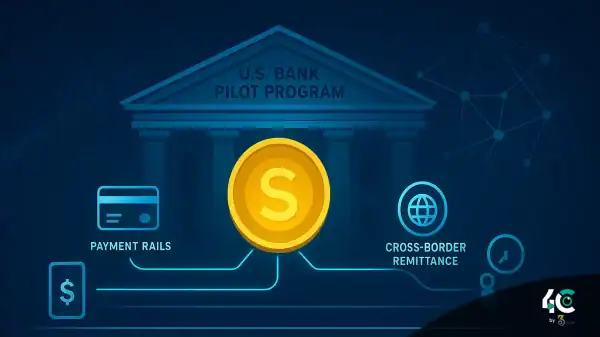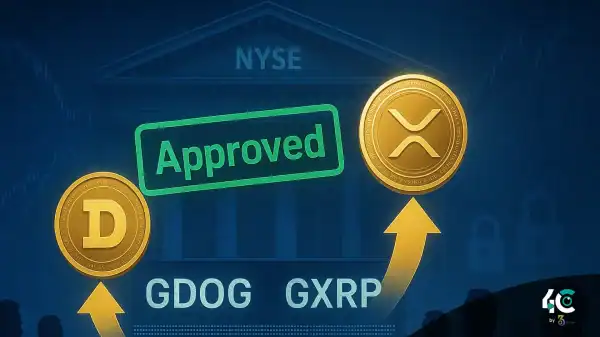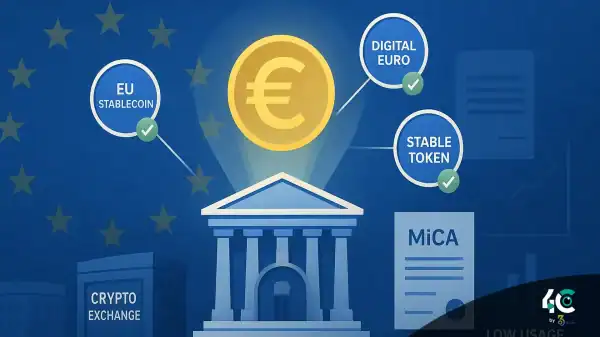In the rapidly changing financial landscape, Standard Chartered’s bold prediction for Bitcoin is one that has caught investor zeal. The world’s biggest bank has recently said that Bitcoin might reach $500,000 by 2028. This valuation would be considerably higher than the present one. Though that may sound like a bold statement, it is based on an in-depth study of macroeconomic trends, technology, and Bitcoin’s role as “digital gold.”
This editorial delves into the foundations of Standard Chartered’s vision and the forces that may drive Bitcoin to take off. Is this an unrealistic projection?
Breaking Down the $500K Forecast
The forecast of Standard Chartered relies on some key assumptions related to Bitcoin and the economic situation. Let’s explore the main factors backing their positive outlook.
1. Store of Value Narrative
With a maximum limit of 21 million coins, Bitcoin has traditionally been thought of as a hedge against inflation and currency debasement. Standard Chartered highlights that as central banks keep printing money in response to problems, the fixed supply of Bitcoin will become more and more appealing to both retail and institutional investors looking to protect their wealth.
- The bank says bitcoin is like gold, but it says its digital form makes it more useful and valuable, as it can move easily between wallets and be used in smaller denominations.
- Market Capitalization Parity: According to Standard Chartered, Bitcoin 5 years from now could be worth more than half a million dollars, or $500,000, if it reaches the market cap of gold.
2. Institutional Adoption
Companies, asset managers, and even governments’ growing acceptance of bitcoin is one of the cornerstones of the prognosis. Key developments include.
- Spot Bitcoin ETFs, increasingly expected to be approved by the U.S., may unlock trillions in institutional demand creation potential.
- Treasuries of Companies: MicroStrategy and Tesla have already committed portions of their treasuries to Bitcoin.
- More and more nations are talking about Central Bank Digital Currencies. Here, Bitcoin acts as an antithesis to these currencies of a nation.
3. Macroeconomic Tailwinds
Growing economic uncertainty around the world is boosting Bitcoin safe haven demand. Factors contributing to this trend include.
- Due to inflation, people lose money value and are turning towards investing in something that has a limited supply.
- Increasing wars and trade conflicts are pushing individuals and organizations into decentralized assets like Bitcoin due to escalating geopolitical tensions.
- The decline of the U.S. dollar may lead to an influx of capital into Bitcoin.
Technological Advancements Supporting Bitcoin’s Growth
Besides the economy, Bitcoin is becoming more useful and accessible thanks to technology. This will strengthen its position as a dominant asset class.
1. Layer-2 Solutions
Bitcoin has been criticized for its scalability for a long time now. However, scalability is being resolved with the help of Layer-2 solutions such as the Lightning Network, which aims to help fast and cheap transactions. The upgrades to Bitcoin will make it easier to use while maintaining its status as a financial safe haven.
2. Enhanced Security and Infrastructure
Improvements in custodial service, hardware wallets and superior-grade trading platforms are easing the entry of institutional traders into the bitcoin market. The development of infrastructure helps lower barriers of entry and encourages further adoption.
3. Integration with Emerging Technologies
Bitcoin is getting connected to blockchain, artificial intelligence and the Internet of Things (IoT). AI-based analytics can optimize the mining operation of Bitcoin, and going a step further, the use of IoT will make it possible to pay for microtransactions using Bitcoin.
Challenges to Consider
Even though Standard Chartered is optimistic that Bitcoin will reach $500000, it says several risks remain.
1. Regulatory Risks
Tightened regulatory checks, mainly in the U.S., Europe and Asia, could halt adoption. Institutional participation may be restricted or limited due to bans or policies.
2. Market Volatility
Bitcoin’s inherent volatility remains a double-edged sword. Even though speculative traders may be interested, it may deter risk-averse investors.
3. Competition from Altcoins.
New cryptocurrencies may threaten Bitcoin’s dominance and other stablecoins too. Money may move from Bitcoin to other projects that can process transactions quickly and cost less.
4. Environmental Concerns
Even with sustainable mining, Bitcoin is still under fire for its energy consumption. Bad press could impact its reputation and adoption.
Final Thoughts: Is $500K Realistic?
Standard Chartered’s 2028 price target for bitcoin reflects not just macroeconomic tailwinds but also institutional adoption and technological innovation. Even though this projection is very optimistic, it is in line with what Bitcoin has achieved previously, disproving its critics.
According to experts, Bitcoin can reach 500,000 dollars. But this will be possible provided the cryptocurrency maintains its status as a premium store of value compared to other networks such as Ethereum. In addition, bitcoin regulatory challenges can impact this astronomical price.
People who are ready to face the risk and unpredictability of the crypto market can get rewards, but only in case Bitcoin evolves and adapts.
Conclusion
According to Standard Chartered, bitcoin may reach $500,000 by 2028. The increase is due to bitcoin’s potential future growth. People perceive it as a valuable asset. There is a rise in retail and institutional participation. Macroeconomic forces are also supporting this potential growth. These include inflation, geopolitical instability, and a strong dollar. Bitcoin, despite challenges such as regulations and competition, continues to be valuable for a reason. And that reason is bitcoin scarcity. Investors ought to weigh these chances against the associated risks before betting on this target.


































